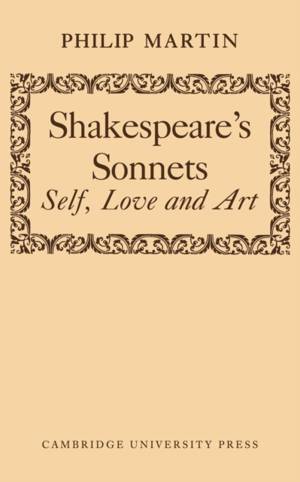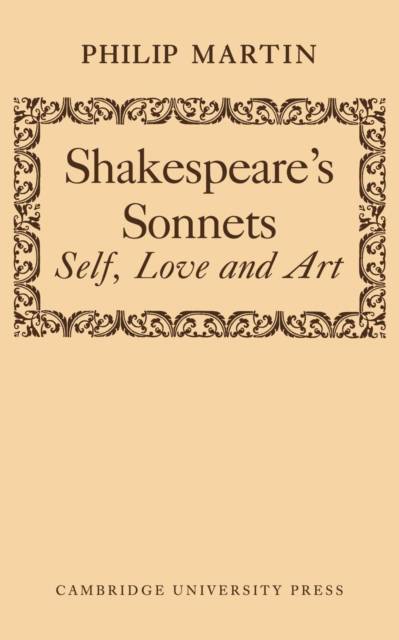
- Afhalen na 1 uur in een winkel met voorraad
- Gratis thuislevering in België vanaf € 30
- Ruim aanbod met 7 miljoen producten
- Afhalen na 1 uur in een winkel met voorraad
- Gratis thuislevering in België vanaf € 30
- Ruim aanbod met 7 miljoen producten
Zoeken
Omschrijving
Anyone reading Shakespeare's sonnets will notice how often they speak of self-love. This is the central theme of Philip Martin's study, which uses detailed analysis of selected sonnets and groups of sonnets to bring out what they can tell us of 'Shakespeare's feeling for selfhood', good and bad kinds of self-love, different kinds of love for another, the relation of these different kinds of love to the world of natural growth and temporal succession, and finally the ways in which art can properly be defined as a form of love. The study begins by considering self-love in relation to the youth and the poet, and goes on to consider the sonnet as a form through a comparison of Shakespeare and Donne. He concludes that the poems enforce recognition of the fact that art, though of far-reaching importance, is not as important as the life that it serves and fosters.
Specificaties
Betrokkenen
- Auteur(s):
- Uitgeverij:
Inhoud
- Aantal bladzijden:
- 180
- Taal:
- Engels
Eigenschappen
- Productcode (EAN):
- 9780521144636
- Verschijningsdatum:
- 24/06/2010
- Uitvoering:
- Paperback
- Formaat:
- Trade paperback (VS)
- Afmetingen:
- 127 mm x 203 mm
- Gewicht:
- 199 g

Alleen bij Standaard Boekhandel
+ 144 punten op je klantenkaart van Standaard Boekhandel
Beoordelingen
We publiceren alleen reviews die voldoen aan de voorwaarden voor reviews. Bekijk onze voorwaarden voor reviews.











